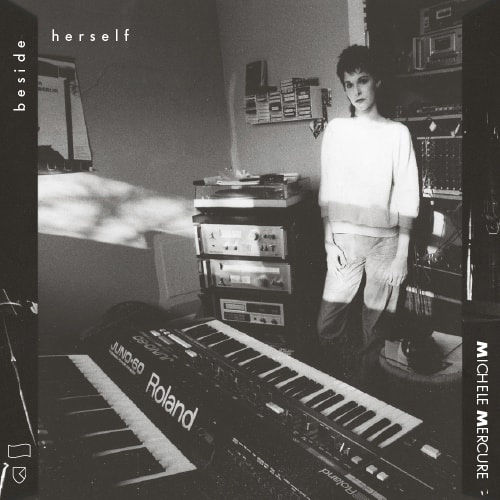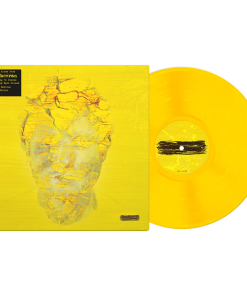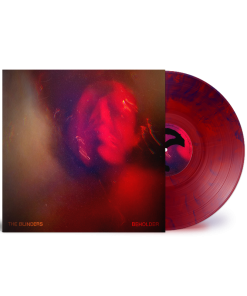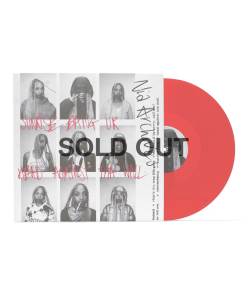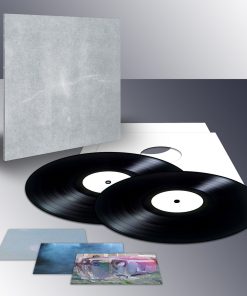Beside Herself: Vinyl 2LP Michele Mercure
$ 24,99 $ 14,99
Michele Mercure often dreams of music, and in her waking life, reclaims fragments of these fleeting, floating melodies in her compositions and sound art. Beside Herself, an anthology of Mercure’s self-produced and distributed cassettes released between 1983 and 1990, collects these dreamlike passages and lo-fi nocturnes, preserving the qualities of discovery and intimacy surrounding their genesis.
Mercure’s sound is a porous electronic art that overlaps ambient, abstract, and industrial sensibilities – its spaciousness reveals an artist attuned cinematically rather than for radio play or public performance. She approached the latter theatrically, and rarely, disdaining most live shows as too serious, and bringing her music to bare on her audiences in playful, immersive contexts. On recordings, Mercure’s night lit synth music evokes non-confined environments, at once expressionistic and minimal and always aware of its surroundings.
Mercure was a busy collaborator during the years surveyed by Beside Herself, making music for theater, performance, film, and TV animation, yet it was through her self-released cassettes that she established her music among like-minded artists abroad. Circulated through tape-trading networks assisted by insightful reviews in Eurock, a seminal music magazine covering progressive rock and electronic music scenes, these album-length releases included Rogue and Mint (1983), A Cast of Shadows (1984), Dreams Without Dreamers (1985), and Dreamplay (1990). Though unvarnished in fidelity (and now scarcely seen), these tapes showcased Mercure’s transportive aptitude within and beyond the limited sound recording medium.
Mercure’s artistic path never ran through creative meccas New York, San Francisco or Los Angeles. Raised in Springfield, Massachusetts, and then moving to Harrisburg, Pennsylvania, in her twenties, Mercure was already an adept musician when she encountered a local and lively theater scene, and was asked to score an unorthodox performance of Waiting for Godot. The experience was pivotal in marrying music and image for Mercure, and so she began making music for film, television, dance, and theater. It wasn’t until a long sojourn in Eindhoven, however, that she became transfixed by electronic music (ala Conrad Schnitzler, whom she would correspond with for years) that would inform her music to come.
Fast Delivery and Professional Packaging
Our long-standing relationship with UPS FedEx DHL and other carriers around the world gives us the ability to provide various shipping options. Our warehouse personnel will pack all goods to our exacting requirements. Your goods will go through an extensive inspection and will be securely secured prior to being shipped. Every day we ship thousands of packages to clients from all over the world. This is a sign of our determination to be the largest online retailer in the world. There are distribution centers and warehouses in Europe and the USA.
Orders that contain more than 1 item are assigned processing periods in accordance with the item.
Prior to shipment, all purchased items will be thoroughly inspected. The majority of orders are shipped within 48 hrs. Delivery is expected to take between 3 and 7 days.
Returns
The stock is dynamic and we do not completely manage it because multiple parties are involved, which includes our factory and warehouse. The actual stock can fluctuate at any time. It's possible that the stock may run out after your order has been processed.
Our policy lasts for 30 days. Unfortunately, if thirty days have passed from the date you purchased the item, we will not be able to offer you a return or exchange.
The item should not be used, and it must be in the original packaging. The item should be in the original packaging.
Related products
Vinyl LP
Vinyl LP
Vinyl LP
Vinyl LP
Vinyl LP
Vinyl LP
Vinyl LP
